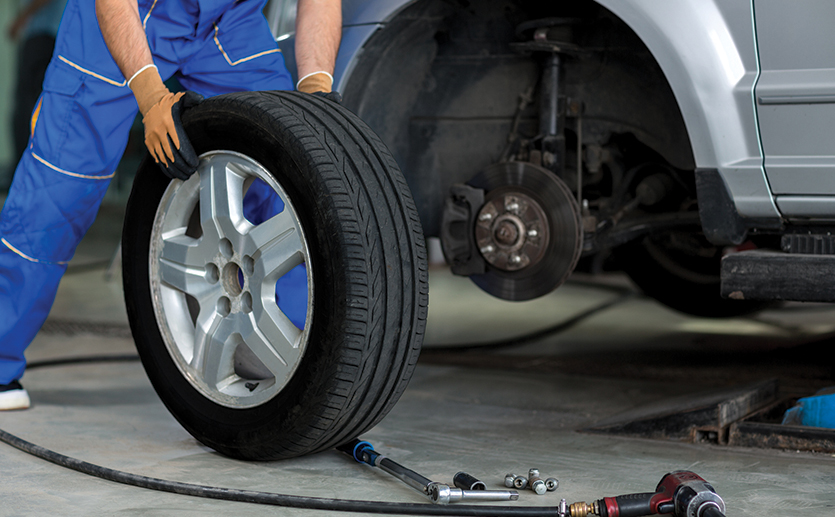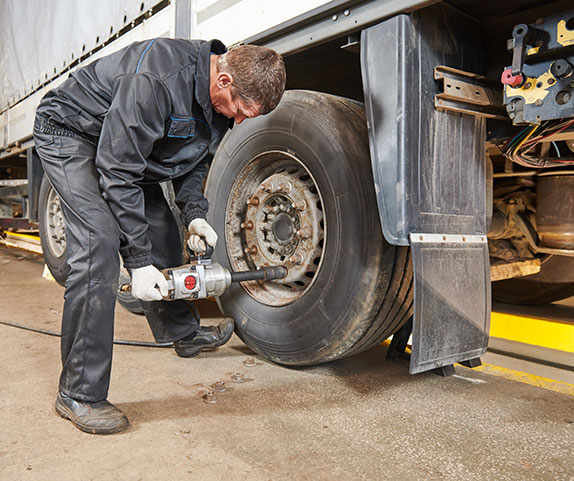Tire Service: The Impact of Weather
When it pertains to guaranteeing optimal performance and security on the roadway, comprehending the effect of climate condition on tire solution is vital. From scorching warmth to icy roadways, each weather condition component can significantly influence tire functionality and general driving experience. By delving right into the impacts of varying weather on tires, vehicle drivers can gain beneficial insights that may improve their vehicle's performance and durability. In this discussion, we will discover the detailed partnership in between climate problems and tire service, losing light on the significance of weather-specific tire upkeep methods and considerations.
Warm and Tire Efficiency
When revealed to heats, tires experience modifications in efficiency that can considerably influence lorry safety and security and handling. The warmth produced from prolonged driving or hot climate conditions causes the tire rubber to soften, bring about lowered walk life and boosted wear. As the rubber ends up being softer, the tire's grasp when traveling lessens, impacting stopping distances and total traction. In severe cases, too much heat can also trigger tire blowouts, presenting a serious security risk to the lorry and its passengers.

Cold Climate Results
Winter conditions can have a significant effect on tire performance and security. As temperature levels decline, tire rubber can solidify, causing decreased grip on icy or snow-covered roadways. In winter, tires may also shed atmospheric pressure more swiftly, which can influence taking care of and fuel efficiency. Additionally, chilly temperatures can trigger tire sidewalls to tense, raising the risk of damage from gaps or other road dangers.
To reduce the results of cool climate on tires, it is critical to routinely inspect tire stress and inflate them to the manufacturer's advised levels. Using winter season or all-season tires made for winter conditions can also boost traction and grip on icy or snowy roadways. Correct tire maintenance, consisting of normal evaluations for wear and damage, ends up being a lot more essential during cooler months to make sure ideal performance and safety and security.
Rainy Issues Influence
Tires with worn-out footsteps are extra vulnerable to hydroplaning, where a layer of water builds up in between the tire and the road surface, leading to loss of grip. To combat this, chauffeurs need to on a regular basis check their tires for adequate step deepness and take into consideration spending in tires especially developed for wet problems.
Moreover, wet climate can also lower visibility, making it challenging for chauffeurs to see the road ahead plainly (GMC Tire Service). In such conditions, it is important to readjust driving rates as necessary and preserve a safe complying with distance to enable for unexpected stops. Properly filled with air tires can also aid in maintaining control on damp roadways by providing much better handling and grip
Snow and Tire Safety And Security
When driving in snowy conditions, having the ideal tires can make a substantial distinction in safety and security and efficiency. Wintertime tires are designed with special rubber compounds and walk patterns to provide better grip on snow and ice compared to all-season tires.

It is essential to adhere to producer guidelines when using and setting up tire chains to prevent damage to the tires and lorry. By picking the best tires, preserving correct inflation, and thinking about added traction aids like tire chains, drivers can enhance their safety when browsing snow-covered roadways.
Weather-Related Tire Maintenance
When confronted with various weather, this website appropriate tire upkeep ends up being a vital facet of car security and performance. Weather-related tire maintenance includes a variety of techniques targeted at ensuring ideal tire function and longevity in various weather circumstances. One crucial facet of weather-related tire maintenance is tire stress guideline. Varying temperatures can cause tire pressure to differ, affecting grip and gas performance. Frequently changing and inspecting tire pressure according to maker recommendations is crucial for safe driving in changing weather conditions. In addition, tire walk deepness plays a significant role in taking care of different weather elements. Tires with sufficient tread deepness offer much better hold on wet or icy roads, reducing the risk of skidding or hydroplaning. When step wear gets to a certain depth is crucial for keeping traction and stability in adverse weather, evaluating tire tread frequently and replacing tires. By focusing on weather-related tire maintenance, motorists can enhance security, improve lorry performance, and extend the life expectancy of their tires.
Verdict
To conclude, weather have a significant effect on tire performance and safety. From warm affecting tire stress and wear to cold weather minimizing grip, it is crucial to think about the weather condition when preserving and making use of tires. Stormy conditions can decrease grip and lead to hydroplaning, while snow can raise the danger of crashes if tires are not properly furnished. Weather-related tire maintenance is important in making sure optimum efficiency and security when traveling.
In this conversation, we will explore the complex connection in between weather conditions and visit tire solution, shedding light on the importance of weather-specific tire upkeep methods and considerations.

 Judd Nelson Then & Now!
Judd Nelson Then & Now! Ashley Johnson Then & Now!
Ashley Johnson Then & Now! Charlie Korsmo Then & Now!
Charlie Korsmo Then & Now! Sydney Simpson Then & Now!
Sydney Simpson Then & Now! Megyn Kelly Then & Now!
Megyn Kelly Then & Now!